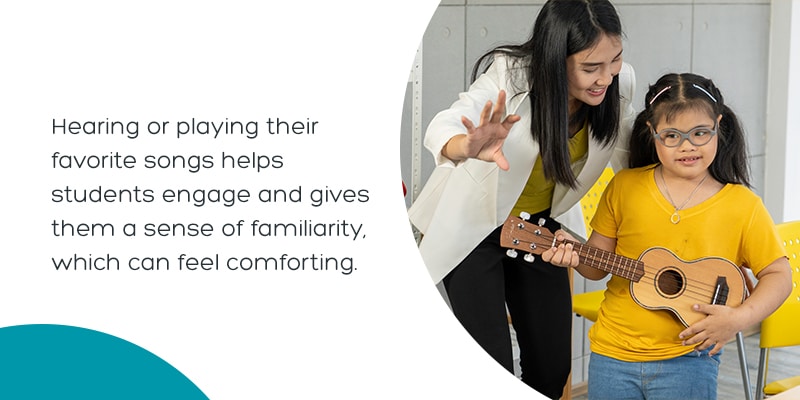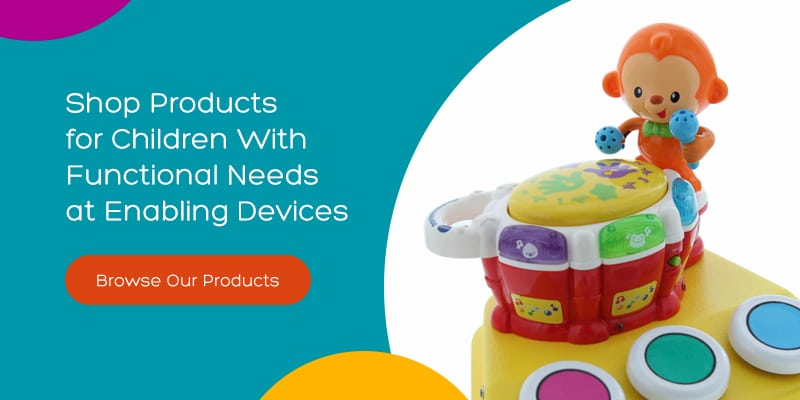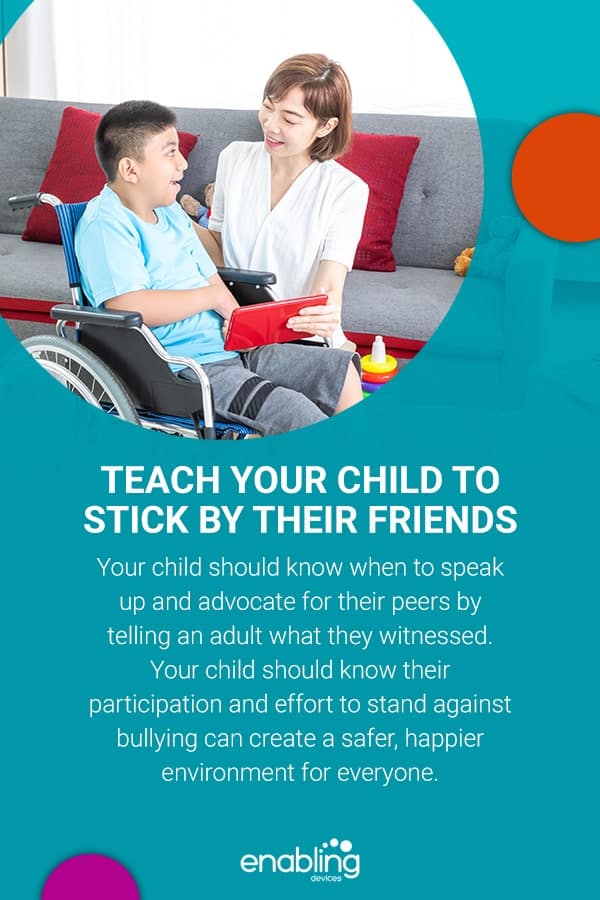What Are Adaptive Switches?
An adaptive switch is an access device that allows people with movement-limiting disabilities to use technology and operate electronic devices. Instead of the person performing complex actions such as turning a knob, adaptive switches will offer easier movement solutions, such as pressing a button. It’s possible to have a switch adapter for toys, home appliances, voice-output communication tools, computers and more.
Adaptive switches for special needs provide an interface between the technology and the person with the disability. They modify the normal switch to give the person access, and they’re designed to suit the person’s unique ability. When students with disabilities use such switches, they can work more independently and participate actively at home, at school or in their neighborhood.
Enabling Devices approaches switch-adapted devices by either modifying existing products to work with an external capability switch or creating a new product with a switch-enabled jack connection. Adaptive switches may be categorized by the way they’re used, their unique features, the response required to create the switch action and the kind of assistance they provide. For example, some activate with gentle pressure applied to a button, while others respond to the wearer’s head movements or small physical gestures such as a twitch of the forehead or the blink of an eye.
Some of the categories of adaptive switches and assistive technology available today include the following:
Hand, Finger and Body Switches
Hand, finger and body switches allow people with limited movement to access devices with the slightest movement of a finger, wrist, foot or other part of the body. Some work by gentle squeezing, while others respond to the push of a button.
The joystick is one of the most popular hand switches because it can be mounted on the tip of an armrest and used to activate more than one type of device by moving the joystick in different directions. A single joystick may be used to activate a phone, tablet, TV or an array of Bluetooth-enabled devices, for example.
Subtle Movement and Sound Activated Switches
Wearable switches are ideal for those who need regular assistance communicating, giving feedback or interacting with other objects. Their wearable design keeps them close and convenient, and different devices work with different inputs.
People with movement limitations or poor extremity control have a number of switch choices that fit their abilities.
An individual with gross and fine motor skill issues can still use a movement-based switch that operates with a subtle signal such as a wrinkling forehead or turn of the wrist. These switches are usually mounted in a position close to the user, such as on a wheelchair mount, or wearable switches, such as a twitch switch or a finger switch that is held in the hand. There is also a movement sensor switch that picks up even the tiniest movements, enabling activation by people with even the most severe physical challenges.
Sound-activated switches help people with poor motor control use their voice or any distinct sound to operate the switch. Simply saying “ahhh” can make the switch activate the associated device.
Optical switches are activated by eye movement. The switch is open until the user blinks. As soon as the user blinks, it interrupts with an infrared beam, and the switch is closed and the device turns on.
Light, Music and Vibration Switches

Light, music and vibration switches are designed to stimulate and appeal to those who thrive on reward-based engagement or need encouragement to use their adaptive switch. Some devices focus on creating an auditory experience with music or sounds, while others use bright or blinking lights for visual engagement or to make the target easier for those with visual impairment to find.
Pillow Switches
Pillow switches have a switch covered in soft, pliable foam encased in a removable bag for easy washing. When the soft surface is pressed, it gives tactile feedback and an audible click. The switch is extremely responsive and can be activated by the head, shoulders, arms or hands, making it a good choice for users with limited movement in their limbs or head. Some pillow switches have mounting versions for wheelchair users with limited dexterity.
Plate Switches
Plate switches have a large activation surface suitable for users with motor disabilities who can’t use small buttons and controls on most adapted devices. They usually have a very large button with a very thin top, ergonomically designed to respond to the gentlest touch.
Saucer Switches
Saucer switches are ability switches designed specifically for those who are not able to sustain or control the wrist or hand movements required for activating a traditional plate switch. Saucer switches are activated with just a light touch or can be rolled up on, and some can be angled to accommodate varying abilities.
Mouth (Sip and Puff) Switches
Mouth (sip and puff) switches are equipped with a mouthpiece that helps the user — typically those with severe physical impairments — issue commands by a sip or a puff. The sip and puff design lets the user control two devices with a single switch. The negative pressure produced by a sip and the positive pressure created by a puff causes the switch to activate the attached devices.
Textured Switches
Textured switches are designed with visual and tactile stimulation in mind, featuring elements like raised bumps or lines, stretchy textures and more. Users with a range of needs can enjoy a somatosensory experience with a textured device.
Wheelchair and Bedside Switches
Wheelchair and bedside switches attach to a wheelchair’s armrest or the user’s bed or bedside table. Some switches are activated by a gentle touch of the fingers, while others are activated by shoulder movement, head movement, sound or vibration.
Gumballs and Jumbos
Gumball and Jumbo switches are for individuals with limited motor skills or targeting abilities that need a simpler and more comfortable switch design. Some are used with communication devices, while others provide a somatosensory experience with a tactile design. The wide activation surface responds to gentle touch, while a compatible latch timer can help them accommodate users with uncontrolled body movements.
What Can Adaptive Switches Be Used For?
Adaptive switches can be used to operate a wide variety of devices. They help people with limited motor skills use devices with buttons or integrated switches that are inaccessible to them.
Examples of uses for adaptive switches include switch-adapted toys, appliances, lights, TVs, computers and learning devices, or independently controlling a wheelchair. Many also use them for initiating speech generation or providing simple feedback for those with speech difficulties.
Adaptive switches help users develop and build skills, including:
- Swiping, reaching and grasping
- Increased sensory or tactile awareness
- Fine motor skill development
- Increased visual perception
How Do I Choose the Right Adaptive Switch?
When you need to select an adaptive switch for your loved one, here are some of the vital factors to consider:
- Actions needed to use the switch: The person using the switch shouldn’t experience strain or fatigue while using it.
- The part of the body the person will use: Choose a switch that the user will operate with any of their unique abilities.
- Range of motion: If the person’s range of motion is small, the switch must be activated with a simple and short movement.
What are the Benefits of Adaptive Switches?
Adaptive switches help people living with limited movement to enjoy the following benefits:
- Greater independence and improved self-esteem
- Improved communication with caregivers
- Enhanced brain development for children
- Better access to technology and computers
- Ability to use their limited abilities to complete learning tasks
Shop Adaptive Switches Online at Enabling Devices
Browse our extensive range of adaptive switches designed to help children and adults use and activate a wide range of devices. We may also be able to adjust some of our switches for specific needs. Contact us today for more details about selecting adaptive switches, or check out our comparison chart to find the right adaptive switch.








































